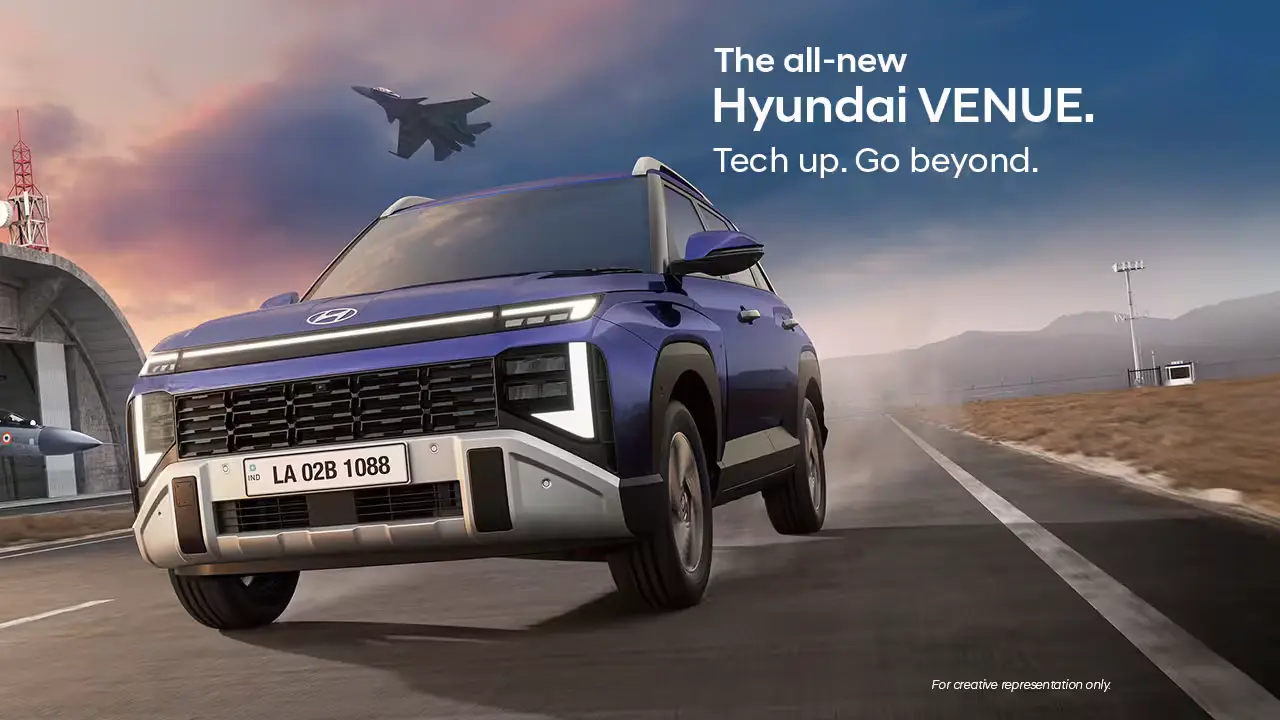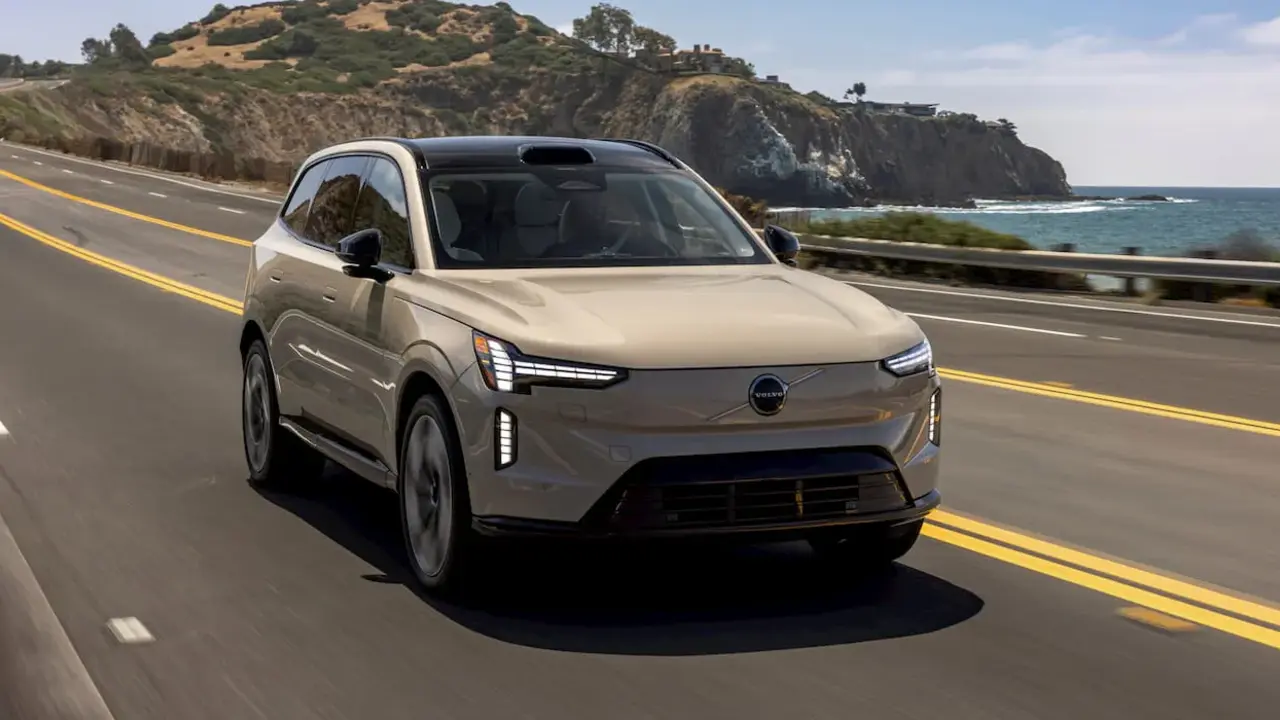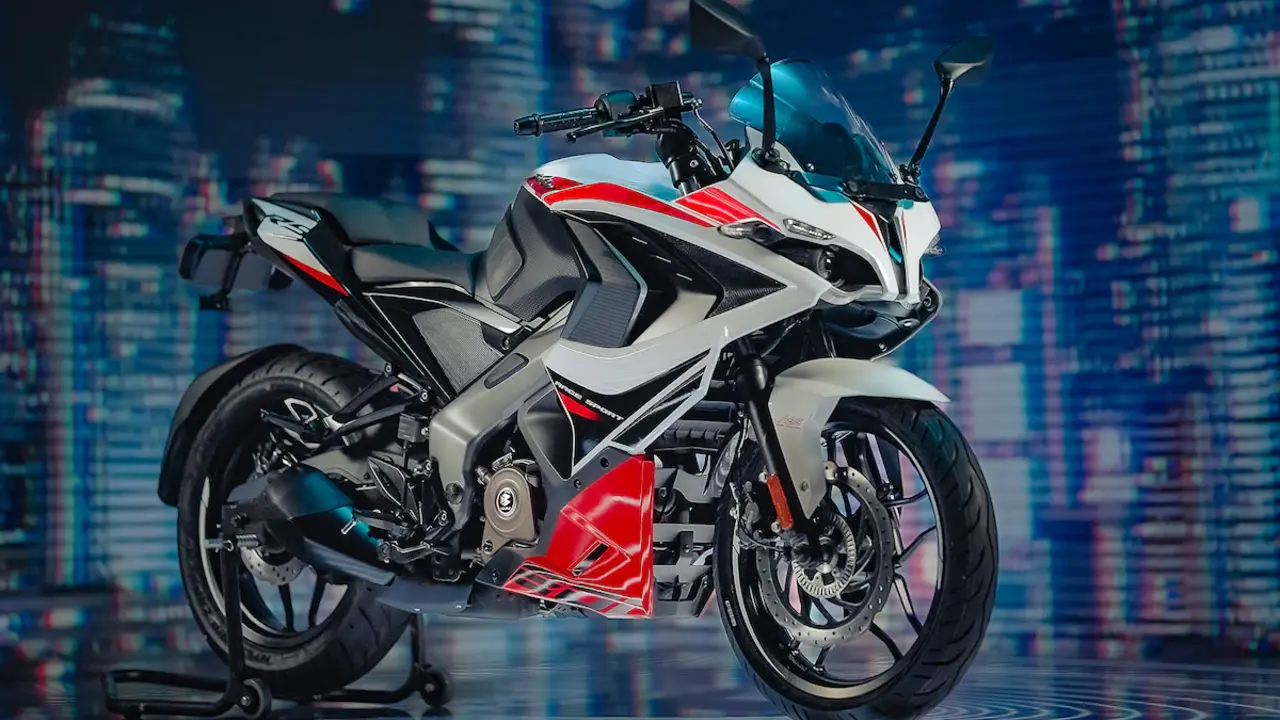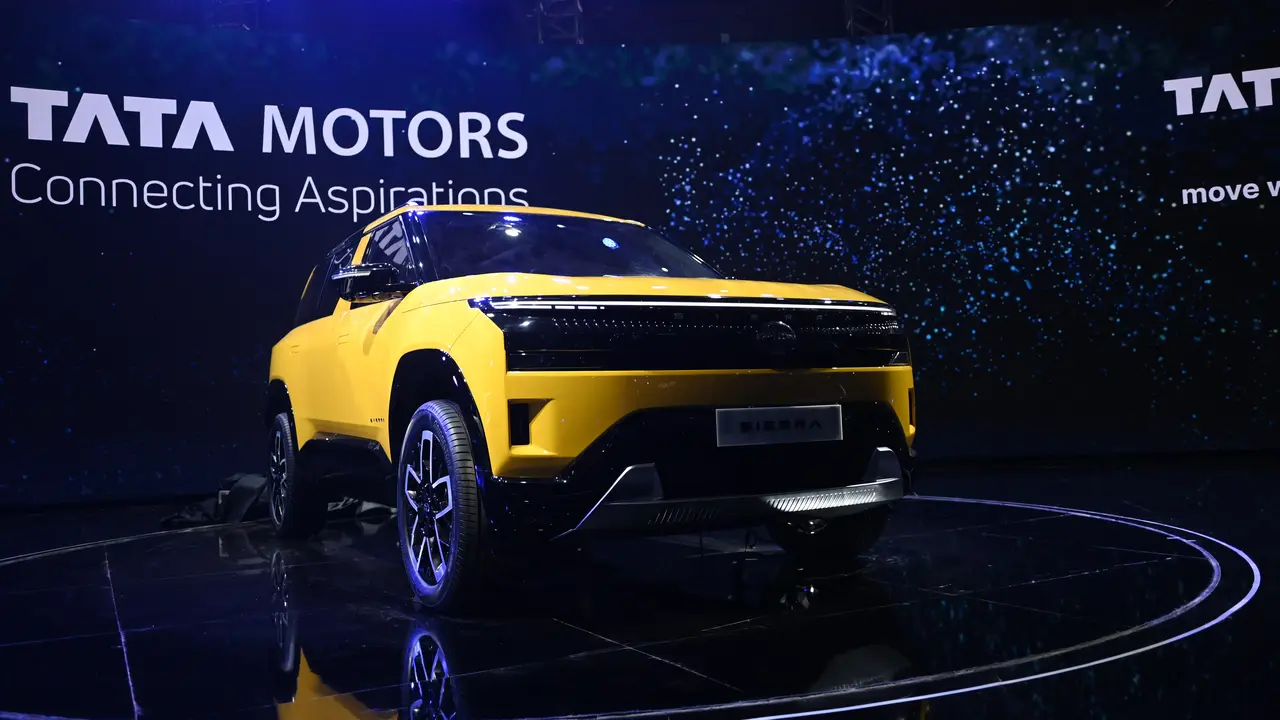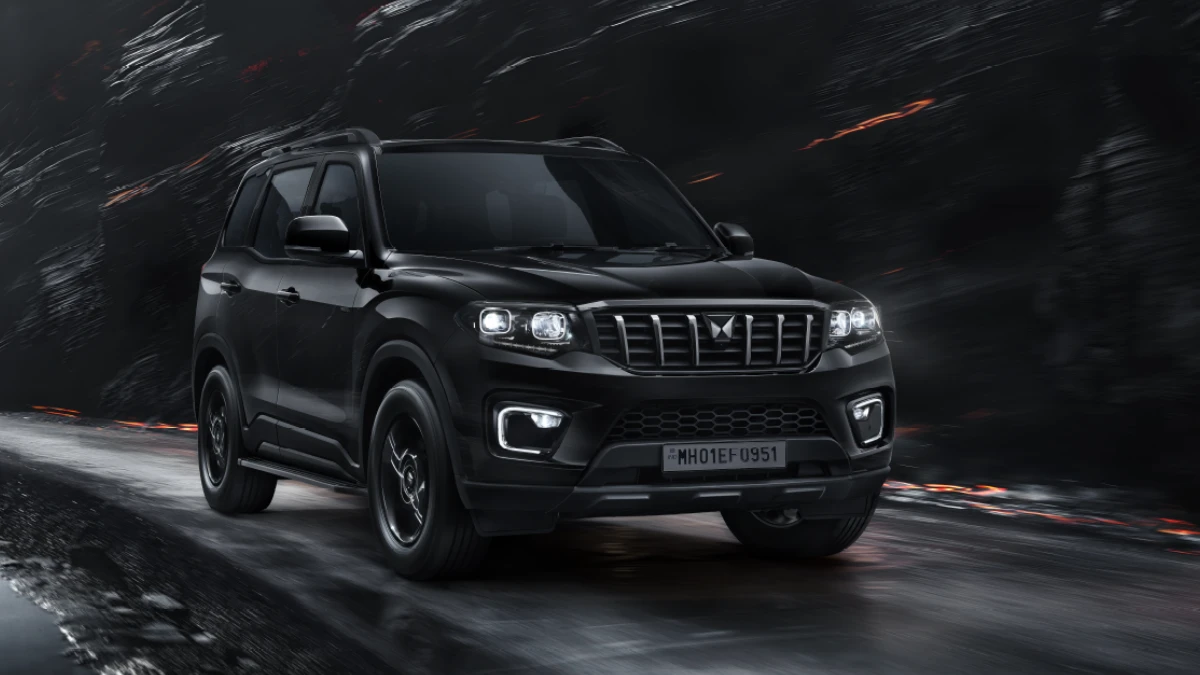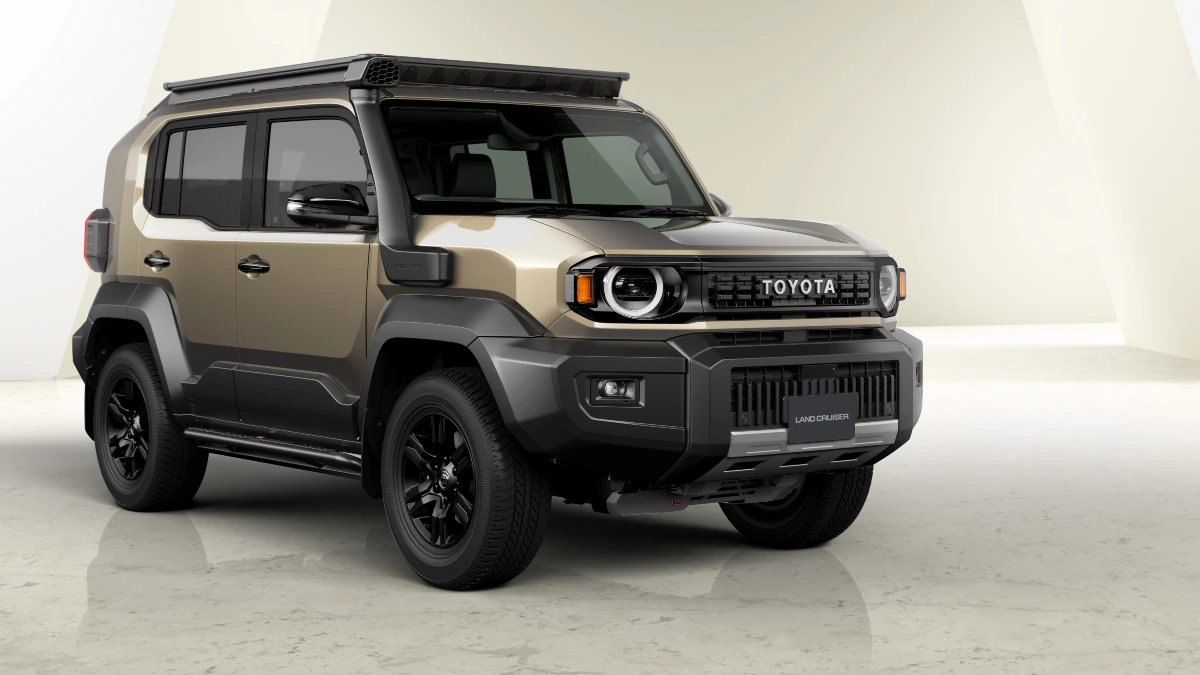I’ve been following the launch closely, and in this post I’ll walk you through the New Hyundai Venue Engine Options that Hyundai revealed ahead of its formal price announcement. Hyundai published the first official images and details before launch, with bookings opening on Oct 24, 2025 and a scheduled price reveal on Nov 4, 2025. Here I’ll break down each engine, the gearbox choices, expected power figures, and what those numbers mean for you.
What Hyundai revealed: engines and trim names
Hyundai confirmed a three‑engine lineup for the all‑new Venue. The company also introduced a fresh trim naming system — you’ll see options like HX2, HX4, HX5, HX6, HX7, HX8 and HX10 when the car hits showrooms. The big mechanical news is that the mechanical core remains familiar, but the automatic choices have widened.
The three engines revealed are:
- 1.2‑litre naturally aspirated petrol
- 1.0‑litre turbo petrol
- 1.5‑litre diesel
These are the New Hyundai Venue Engine Options in a nutshell. Final, variant‑by‑variant pairings were to be confirmed at the Nov 4 price announcement, so think of the reveal as the official preview.
Engine specs and gearbox pairings (base → top)
Let’s look at the core figures Hyundai shared or that have been widely reported. I’ve put the key specs into a simple table so you can compare them at a glance.
| Engine | Power (PS) | Torque (Nm) | Transmission Options |
|---|---|---|---|
| 1.2L NA petrol | ≈ 83 PS | ≈ 114 Nm | 5‑speed manual (base only) |
| 1.0L turbo petrol | ≈ 120 PS | ≈ 172 Nm | 6‑speed manual, 7‑speed DCT |
| 1.5L diesel | ≈ 116 PS | ≈ 250 Nm | 6‑speed manual, 6‑speed torque‑converter automatic |
Key point: The 1.2L petrol is the entry choice and stays simple with a 5‑speed manual. The 1.0L turbo brings a high‑power petrol option with a 7‑speed DCT for those who want a modern automatic. The 1.5L diesel is notable because Hyundai offers a torque‑converter automatic for the first time on the Venue diesel — a big deal for buyers who prefer diesel but want an automatic.
How the options matter in real life
I like to think in scenarios. If you mostly drive in city traffic, the 1.0L turbo with the 7‑speed DCT might be the best fit. It delivers about 120 PS and 172 Nm, which gives you peppy acceleration off the line and smooth shifts in stop‑and‑go traffic. The DCT helps keep revs low and improves fuel economy during relaxed drives.
If your daily routine includes long highway runs, the 1.5L diesel stands out. With ≈ 250 Nm of torque, it offers stronger mid‑range pull for overtakes and loaded driving. The new 6‑speed torque‑converter automatic on the diesel makes the Venue much more appealing to buyers who avoid manuals but want diesel efficiency and torque.
And if you’re budget‑conscious and want the simplest ownership cost, the 1.2L NA petrol is still useful. It produces around 83 PS and is paired with a 5‑speed manual. Think of it as the practical choice for light city use and lower running costs.
Trim structure and where engines might sit
Hyundai’s new trim naming (HX2 through HX10) suggests a layered approach from base to top. While the company hadn’t confirmed exact engine‑to‑trim mapping at the time of the reveal, here’s how I expect the lineup to map out based on typical market strategy and what was revealed:
- HX2 / HX4 — likely base and mid‑base trims, where the 1.2L NA petrol could dominate.
- HX5 / HX6 — mid trims, where the 1.0L turbo may appear, possibly with manual and DCT options.
- HX7 / HX8 / HX10 — top trims, where the 1.0L turbo DCT and 1.5L diesel automatic would be available for buyers wanting premium features and automatics.
At launch, Hyundai was set to confirm final combinations. If you’re planning a purchase, I recommend waiting for the official variant sheet from the Nov 4 reveal so you know which engine pairs with which HX trim.
Why this matters: choice and market impact
The major takeaway is simple: Hyundai kept the Venue’s mechanical base but broadened automatic availability — and that changes the buying equation. Offering a 7‑speed DCT on the turbo petrol and a torque‑converter automatic on the diesel means:
- More choice for customers who want an automatic regardless of fuel type.
- Diesel buyers who avoided manuals now have an attractive automatic diesel option.
- The turbo petrol with a DCT can compete better with rivals that already offer modern automatic gearboxes.
To put it in numbers: bookings opened on Oct 24, 2025, and Hyundai used the reveal to raise interest ahead of the Nov 4 price announcement. That window gave buyers time to decide which engine they prefer before pricing influenced choices.
Also Read: New-Gen Bajaj Pulsar to Launch Soon – Major Design and Feature Changes Confirmed
Final Thoughts
In short, the New Hyundai Venue Engine Options keep the model competitive. You get three clear engine choices — the 1.2L NA petrol (≈83 PS / 114 Nm), the 1.0L turbo petrol (≈120 PS / 172 Nm) and the 1.5L diesel (≈116 PS / 250 Nm) — with sensible gearbox pairings. The real news is the wider availability of automatics: a 7‑speed DCT for the turbo petrol and a 6‑speed torque‑converter automatic for the diesel. That makes the Venue more flexible for different buyer needs.
If you want, I can fetch Hyundai’s official press release or build a variant‑by‑variant table with confirmed engine, gearbox and price once the company publishes the full launch sheet. Would you like me to pull the official launch details when they’re live?
